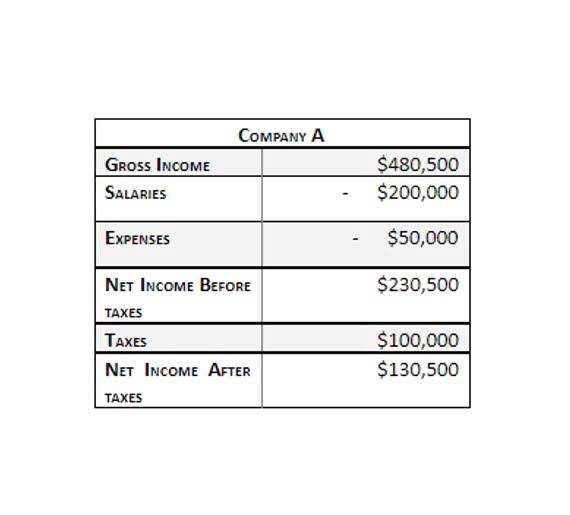How to Post Journal Entries to the Ledger

Notice that we give an explanation for each item in the ledger accounts. Often accountants omit these explanations because each item can be traced back to the general journal for the explanation. The following are examples of Ledger cards for the some of the accounts from the same company shown in T-accounts above (see how you get the same balance under either approach). On a bank statement, pending transactions are usually listed separately from posted transactions. It’s important to review both sections to understand your total expenditures and remaining balance.
Pending Transaction vs Posted Transaction

This pending transaction is typically higher than your expected bill to cover any additional expenses during your stay. A pending transaction, as the term implies, is a transaction that has been initiated but has not yet been cleared by the bank. It indicates a transaction that is currently being processed but is not yet finalized. Pending transactions are temporary and subject posted meaning in accounting to change, whereas posted transactions are permanent and cannot be easily modified or reversed.
How can I resolve issues with posted transactions?

This simultaneous recording in two different accounts provides a complete picture of the transaction, making it easier to track and analyze financial activities. The double-entry system also facilitates the preparation of financial statements, as it ensures that all transactions are accounted for and balanced. The double-entry system is a foundational principle in accounting, https://www.instagram.com/bookstime_inc ensuring that every financial transaction affects at least two accounts. This method provides a comprehensive view of a company’s financial health by maintaining a balance between debits and credits. When a transaction occurs, it is recorded in the journal with both a debit and a credit entry, reflecting the dual impact on the financial statements.
Step 2 of 3
- At the end of a period, the T-account balances are transferred to the ledger where the data can be used to create accounting reports.
- The next transaction figure of $4,000 is added directly below the $20,000 on the debit side.
- Companies must follow GAAP and meet deadlines from the IRS, SEC, and FASB.
- This is important for accurate financial reporting and compliance with…
- The same process occurs for the rest of the entries in the ledger and their balances.
Modern computerized accounting systems perform the posting process automatically as soon as an entry is made in the journal. Let’s say a company has $3,000 worth of rent expenses per month that needs to be posted for the annual general ledger. A subsidiary ledger would contain details of the rent expenses, including a line item per month debited in “Rent” and credited in “Accounts Payable”. In the General Journal, when an account has been posted to an individual account, the number assigned to that account is listed in the Post Ref column to indicate that entry has been posted. In the General Ledger, for the corresponding transaction, the page number of the General Journal is entered to signify the page where https://www.bookstime.com/ the transaction can be found. Posting refers to the process of transferring an entry from a journal to a ledger account.

For instance, banks generally do not process transactions on weekends or holidays, which can delay the posting of a transaction. Pending transactions reduce the available balance but do not affect the current balance until they post. Posted transactions, however, are reflected in the current balance. Various accounts and transactions are to be recorded in their respective ledgers. The accounting cycle starts with the analysis of the transactions of the business in question. In this step, transactions are analyzed to identify the nature of accounts involved in the transaction.

This way we can total each account and keep track of it’s balance at all time during the year. The general ledger is the primary ledger in accounting, encompassing all the individual accounts that summarize the financial transactions of a business. Each account within the general ledger represents a specific aspect of the business, such as assets, liabilities, equity, revenues, and expenses. This detailed categorization allows for precise tracking and analysis of financial performance. For example, the accounts payable ledger will track all outstanding debts, while the accounts receivable ledger will monitor incoming payments. The procedure of transferring an entry from a journal to a ledger account is known as posting.

- Cancellation of a pending transaction largely depends on the policies of the issuing bank and the merchant.
- It helps produce financial statements showing a company’s real situation.
- The date of January 3, 2019, is in the far left column, and a description of the transaction follows in the next column.
- In this step, all transactions previously recorded in the journal are transferred to the relevant ledger accounts at some appropriate time.
- A pending transaction, as the term implies, is a transaction that has been initiated but has not yet been cleared by the bank.
- When calculating balances in ledger accounts, one must take into consideration which side of the account increases and which side decreases.
Moreover, automation enhances the efficiency of financial reporting. Real-time data processing allows for up-to-date financial records, facilitating timely decision-making. Automated systems also offer robust error-checking mechanisms, flagging discrepancies and potential issues for review. This proactive approach to error detection not only improves the accuracy of financial records but also ensures compliance with accounting standards and regulations.


